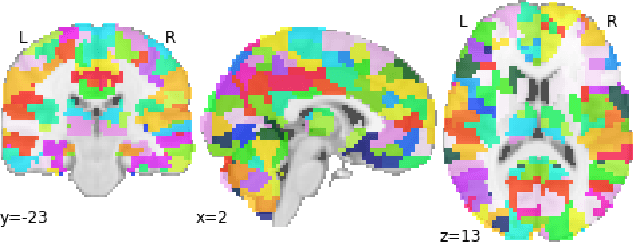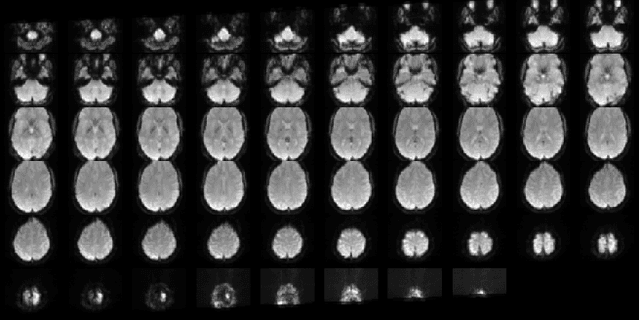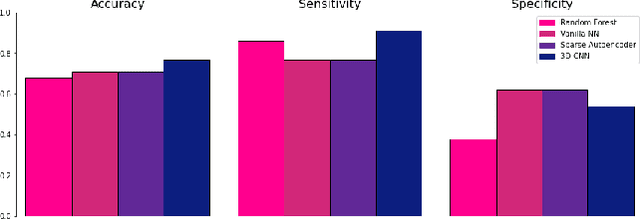Multi-site Diagnostic Classification Of Schizophrenia Using 3D CNN On Aggregated Task-based fMRI Data
Paper and Code
Oct 11, 2022



In spite of years of research, the mechanisms that underlie the development of schizophrenia, as well as its relapse, symptomatology, and treatment, continue to be a mystery. The absence of appropriate analytic tools to deal with the variable and complicated nature of schizophrenia may be one of the factors that contribute to the development of this disorder. Deep learning is a subfield of artificial intelligence that was inspired by the nervous system. In recent years, deep learning has made it easier to model and analyse complicated, high-dimensional, and nonlinear systems. Research on schizophrenia is one of the many areas of study that has been revolutionised as a result of the outstanding accuracy that deep learning algorithms have demonstrated in classification and prediction tasks. Deep learning has the potential to become a powerful tool for understanding the mechanisms that are at the root of schizophrenia. In addition, a growing variety of techniques aimed at improving model interpretability and causal reasoning are contributing to this trend. Using multi-site fMRI data and a variety of deep learning approaches, this study seeks to identify different types of schizophrenia. Our proposed method of temporal aggregation of the 4D fMRI data outperforms existing work. In addition, this study aims to shed light on the strength of connections between various brain areas in schizophrenia individuals.
 Add to Chrome
Add to Chrome Add to Firefox
Add to Firefox Add to Edge
Add to Edge